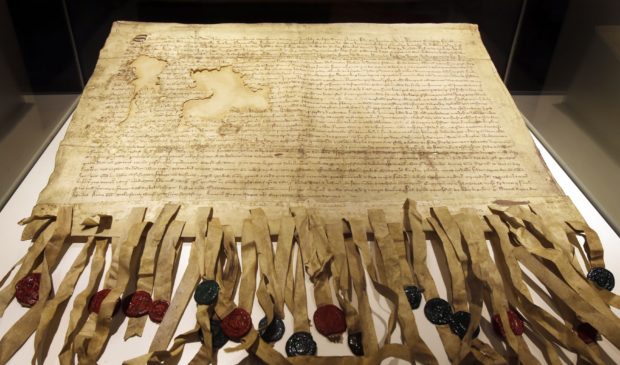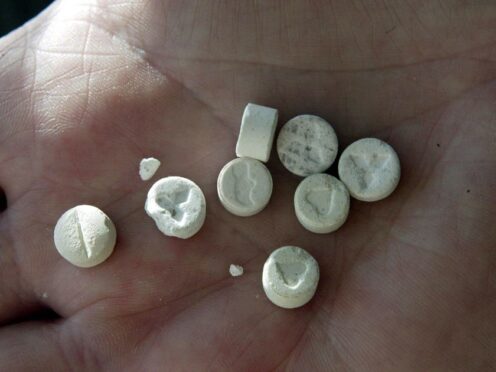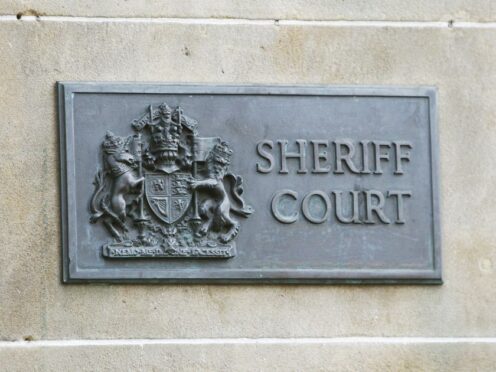The coronavirus outbreak has forced the postponement of the display of the Declaration of Arbroath in Edinburgh.
The ancient document was supposed to be on display at the National Museum of Scotland (NMS) from March 27 until April 26 to mark its 700th anniversary.
However, in response to the Covid-19 outbreak, the decision has been taken to close all of the NMS museums until further notice.
This includes the National Museum of Scotland, the National Museum of Flight, the National Museum of Rural Life and the National War Museum at Edinburgh Castle.
A National Museum of Scotland spokesperson told The Courier: “All scheduled exhibitions and events will be postponed until further notice, including the display of the Declaration of Arbroath.
“We will make a further announcement once new display dates have been agreed.
“The national collections within our care will continue to be monitored and made secure during this time.”
The Declaration of Arbroath is a letter dated April 6 1320, written by the barons and freeholders of Scotland, on behalf of the Kingdom of Scotland.
The letter to Pope John XXII, written following victory over the English at Bannockburn in 1314, asks him to dispassionately recognise Scotland’s independence and acknowledge Robert the Bruce as the country’s lawful king.
The letter also asks the Pontiff to persuade King Edward II of England to end hostilities against the Scots, so that their energy may be better used to secure the frontiers of Christendom.
*A feature on the history of the document will appear in The Courier’s Weekend magazine of March 28.









